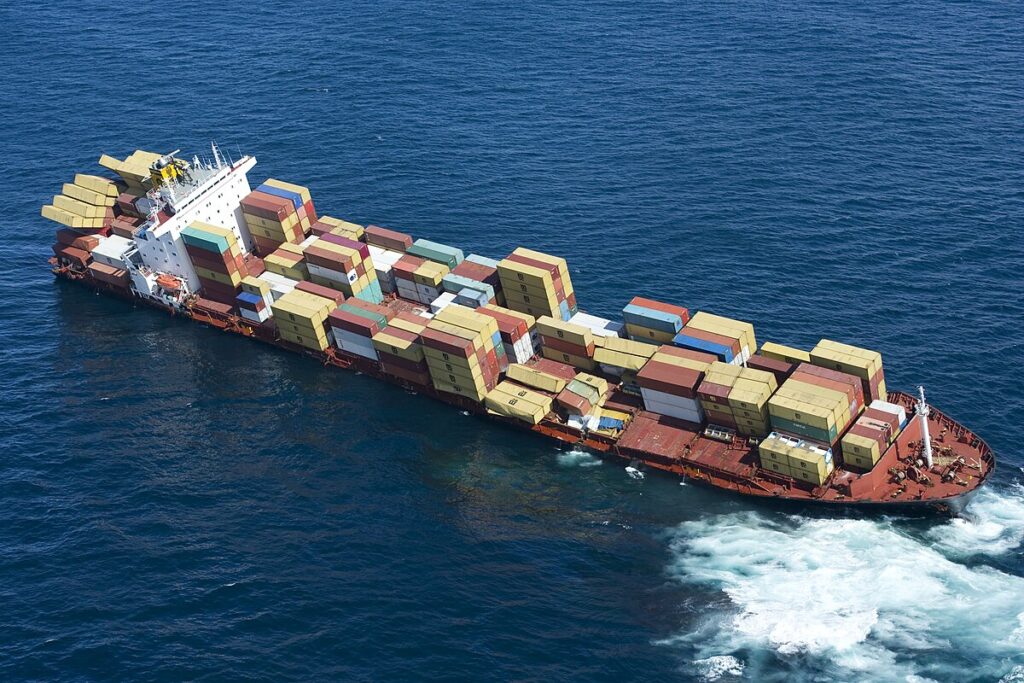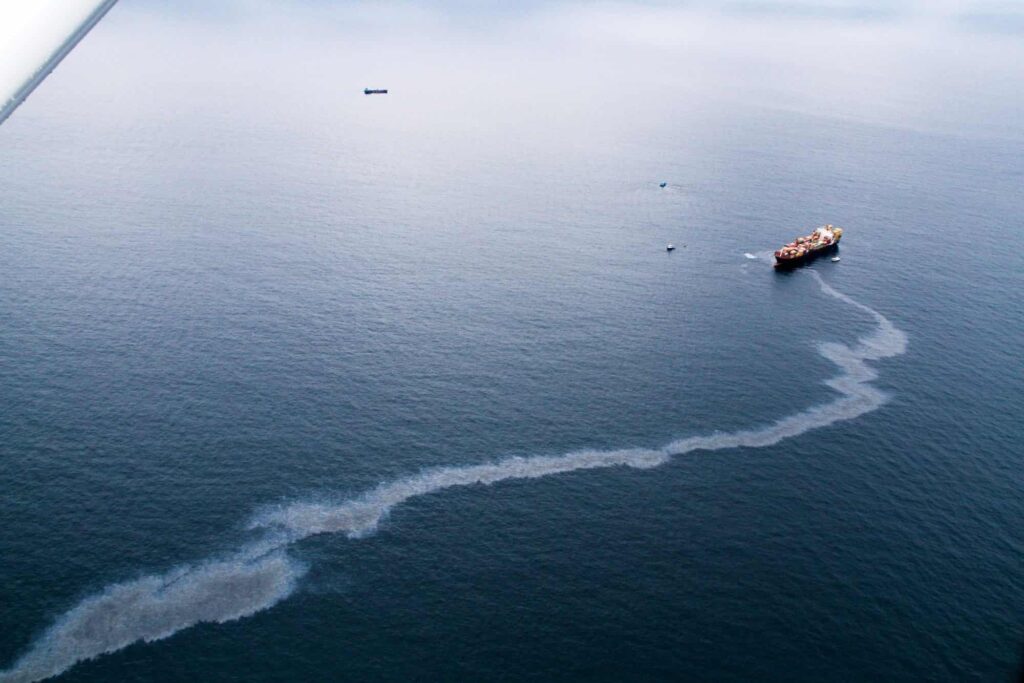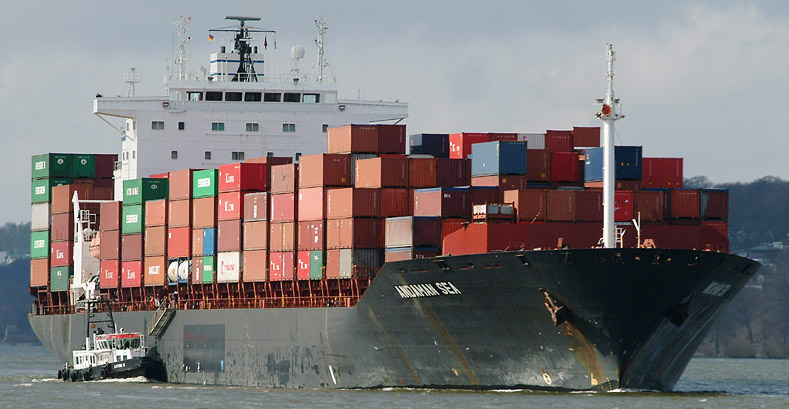“Rena Monrovia When You Transport Something By Car” reminds me of when I had to transport goods both by car and by sea. I realized how important it is to follow rules for safety.
“Rena Monrovia When You Transport Something By Car” likely refers to navigating challenges similar to those in maritime shipping, highlighting the importance of understanding regulations for safety and compliance whether on land or at sea.
In this article, we’ll discuss “Rena Monrovia When You Transport Something By Car,” focusing on regulatory challenges in road and maritime settings and the importance of safety and compliance.
Who operated MV Rena?
MV Rena was operated by Costamare Inc., a well-known Greek shipping company recognized for managing a diverse fleet of container ships.
MV Rena, registered in Monrovia, Liberia, operated a regular service between Napier and Tauranga, New Zealand, transporting a variety of cargo containers.
However, its tragic grounding in 2011 resulted in a devastating oil spill, marking one of New Zealand’s worst environmental disasters.
Where was MV Rena registered?
MV Rena was registered in Monrovia, Liberia, under its “flags of convenience” system, offering simplified registration and tax incentives for foreign vessels.
This system, criticized for lower safety standards, enabled MV Rena, operated by Costamare Inc., to operate globally under Liberia’s maritime laws.

MV Rena was registered in Monrovia, Liberia, under its “flags of convenience,” criticized for lower safety standards but offering tax incentives.
Read: Prekldača – The Power Of Switching Mechanisms!
What caused the grounding of MV Rena?
The grounding of MV Rena in October 2011 was primarily caused by human error and navigational mistakes. While navigating near Tauranga, New Zealand, the ship’s officers failed to properly plot its course and neglected to use up-to-date navigational charts.
As a result, MV Rena collided with Astrolabe Reef at full speed, tearing a gash in its hull and causing significant damage.
This incident highlighted critical lapses in maritime navigation procedures and led to one of New Zealand’s most severe environmental disasters due to the subsequent oil spill.
How extensive was MV Rena’s oil spill?
The MV Rena oil spill released around 350 tonnes of heavy fuel oil and 100 tonnes of diesel, contaminating over 2,000 square kilometers of sea and 140 kilometers of coastline.
This disaster harmed seabirds, fish, and marine mammals, including endangered species. The environmental damage disrupted local fishing and tourism industries, affecting marine biodiversity.
Cleanup efforts, costing over $10 million NZD, involved more than 10,000 volunteers and took several months. Government agencies, local communities, and environmental organizations worked together to restore affected habitats.
What were the environmental impacts of MV Rena’s oil spill?
The spill polluted over 2,000 square kilometers of sea and more than 140 kilometers of coastline along the Bay of Plenty, New Zealand, affecting numerous beaches and marine reserves.
It resulted in the death and distress of thousands of seabirds, fish, and marine mammals, including endangered species like the little blue penguins and dotterels.
Cleanup operations, which cost over $10 million NZD, required the efforts of more than 10,000 volunteers and lasted several months to remove oil from beaches and restore affected habitats.
What were the economic impacts of MV Rena’s oil spill?

- Tourism and Hospitality: Popular beaches and tourist areas faced closures, resulting in significant revenue losses for hotels, restaurants, and tour operators.
- Fishing Industry: Fishing and aquaculture activities were disrupted due to contaminated waters, leading to reduced catches and sales.
- Cleanup Costs: The extensive cleanup effort cost over $10 million NZD, placing a financial burden on local governments and taxpayers.
- Legal and Insurance Costs: Legal actions and insurance claims against the ship’s owners and operators amounted to millions of dollars in settlements and compensation.
- Long-term Economic Effects: The spill’s aftermath continued to impact local economies through reduced tourism, fishing bans, and ongoing environmental monitoring and recovery efforts.
Read: Zinc Alloy Metal – Start Your Project!
What legal actions were taken against MV Rena’s officers?
Criminal Charges:
The captain and navigating officer faced criminal charges for negligence and inadequate navigation practices, including failing to plot the ship’s course correctly and using outdated charts. They were sentenced to prison terms and deported from New Zealand, highlighting the severe legal consequences for compromising maritime safety and environmental protection.
Imprisonment:
Both officers were sentenced to prison for their actions, including failing to plot the ship’s course correctly and using outdated charts, which led to the MV Rena oil spill and extensive environmental damage.
After serving their terms, they were deported from New Zealand, highlighting the serious legal consequences of their negligence.
Deportation:
After serving their sentences for negligence and inadequate navigation that caused the MV Rena oil spill, the officers were deported from New Zealand.
This highlighted the serious consequences of their actions on maritime safety and environmental protection, as well as the long-term impact on the local ecosystem and economy.
How did the community respond in New Zealand after MV Rena?
The community in New Zealand united strongly after the MV Rena disaster. Over 10,000 volunteers helped clean beaches and restore habitats, while local governments, environmental groups, and indigenous communities managed the recovery.
Public outrage led to calls for stricter maritime safety and greater accountability. The disaster raised environmental awareness, prompting advocacy for better protection and preparedness, and the community supported local businesses and industries, especially tourism and fishing, to recover economically.
What impact did MV Rena have on the practice of Flags of Convenience in the shipping industry?
The MV Rena incident raised concerns about Flags of Convenience (FoC) in the shipping industry. As a vessel registered under Liberia’s FoC system, the disaster highlighted potential drawbacks such as lower safety standards and regulatory scrutiny.

This prompted calls for stricter oversight and international cooperation to address loopholes that could compromise maritime safety and environmental protection.
Read: Mahimagicdoll999999 Archives – A Comprehensive Guide!
Frequently Asked Questions:
1. How much did the cleanup operations cost after MV Rena?
The cleanup operations after MV Rena cost over $10 million NZD, involving extensive community and governmental efforts to mitigate the widespread environmental damage and restore affected coastal areas.
2. What changes were made to maritime safety regulations in New Zealand after MV Rena?
Following MV Rena, New Zealand tightened maritime safety rules: mandatory pilotage, stricter vetting for foreign vessels, and increased oil pollution levies.
3. How did MV Rena impact maritime tourism in New Zealand?
MV Rena’s impact on maritime tourism in New Zealand was significant, as the spill forced beach closures and affected marine wildlife, leading to decreased visitor numbers and economic losses in coastal tourism sectors.
4. What steps did New Zealand take in the international maritime community after MV Rena?
After MV Rena, New Zealand advocated internationally for stricter safety regulations, environmental protections, and improved response protocols to prevent similar incidents.
Conclusion:
In conclusion, the MV Rena disaster highlighted the urgent necessity for strengthened maritime safety protocols and environmental protections worldwide. It served as a stark reminder of the profound and lasting impacts of maritime accidents on marine ecosystems, coastal economies, and community livelihoods, prompting global calls for stricter regulations and enhanced preparedness measures.
Read more:



